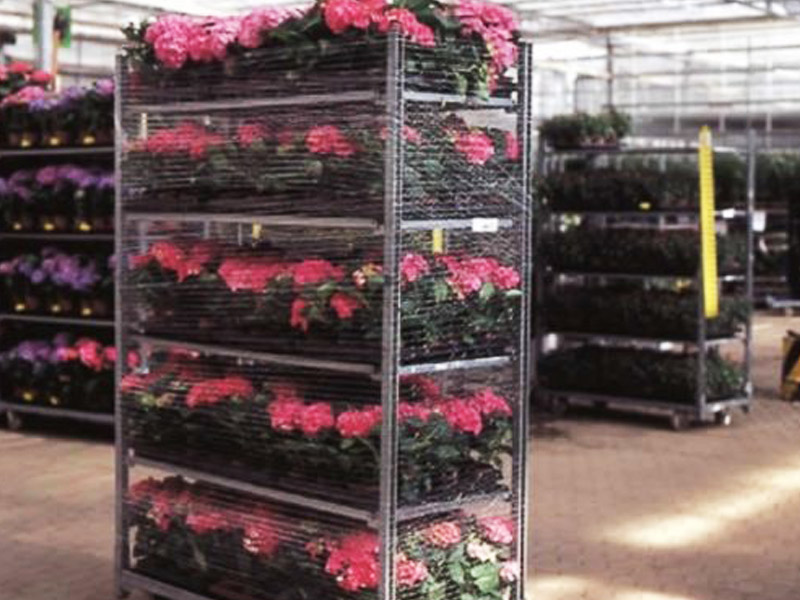Pallet netting is a modern marvel in the world of logis […]
Pallet netting is a modern marvel in the world of logistics and cargo management. This unassuming yet highly effective tool is transforming the way goods are packaged, secured, and transported on pallets. From warehouses to shipping yards, pallet netting is quietly revolutionizing cargo safety, stability, and efficiency. Here's an exploration of the world of pallet netting and its diverse applications.
1. Cargo Stabilization
At its core, pallet netting is designed to stabilize cargo loads on pallets. It provides a protective barrier around the goods, preventing shifting, toppling, or damage during transportation. Whether it's a stack of boxes, irregularly shaped items, or fragile goods, pallet netting ensures that the cargo arrives at its destination intact.
2. Improved Safety
Cargo shifting during transit can pose significant safety risks. Unsecured loads can fall off pallets, creating hazardous situations for workers and other cargo. Pallet netting reduces these risks, making warehouses and transportation environments safer for everyone involved.
3. Load Containment
Pallet netting tightly encases the cargo, containing it within the confines of the pallet. This containment is particularly crucial for loose or small items that may slip through traditional pallet slats. It also prevents damage to the goods from external factors such as moisture, dust, or debris.
4. Cost Savings
Pallet netting can lead to cost savings in multiple ways. It minimizes the need for additional packaging materials like stretch wrap or strapping, reducing material costs. Moreover, it lowers the risk of product damage during transit, reducing costly returns and replacements.
5. Efficient Handling
Pallet netting simplifies the handling of palletized goods. Unlike traditional strapping or stretch wrap, pallet netting does not require complex tools or equipment for application. This ease of use results in quicker and more efficient loading and unloading processes.
6. Sustainability
In an era of growing environmental awareness, pallet netting aligns with sustainable packaging practices. It can be recycled and reused, reducing waste in the supply chain. Additionally, its minimalistic design means less material usage compared to traditional packaging methods.
7. Versatile Applications
Pallet netting is adaptable to a wide range of industries and cargo types. It is used in the food and beverage industry to secure bulk goods, in manufacturing for the transportation of fragile components, and in agriculture for the safe transport of produce. Its versatility makes it a valuable asset across various sectors.
8. Improved Aesthetics
In some cases, pallet netting can enhance the appearance of palletized goods. This is particularly relevant in retail environments where the goods may be on display. Pallet netting provides a clean, uniform look while still offering essential cargo protection.
9. Customization
Pallet netting is available in various sizes and strengths to accommodate different cargo requirements. Customization ensures that it can effectively secure and protect a wide range of products, from lightweight, delicate items to heavy, industrial equipment.
In conclusion, pallet netting represents a fundamental shift in cargo packaging and transportation. Its ability to stabilize, protect, and secure palletized goods while offering cost savings and sustainability aligns perfectly with the demands of modern logistics. As industries continue to evolve, pallet netting will play an increasingly crucial role in ensuring the safe and efficient movement of goods around the world.



 WhatsApp:+8613626888261
WhatsApp:+8613626888261